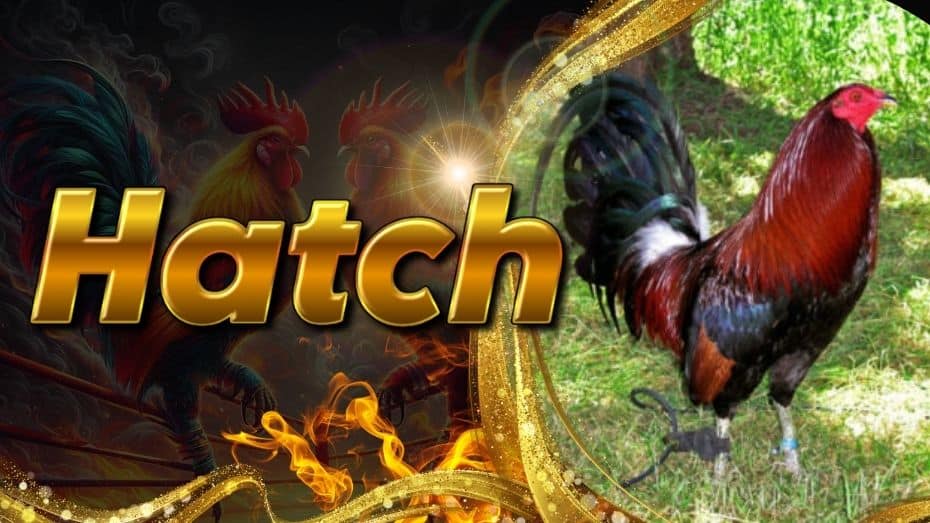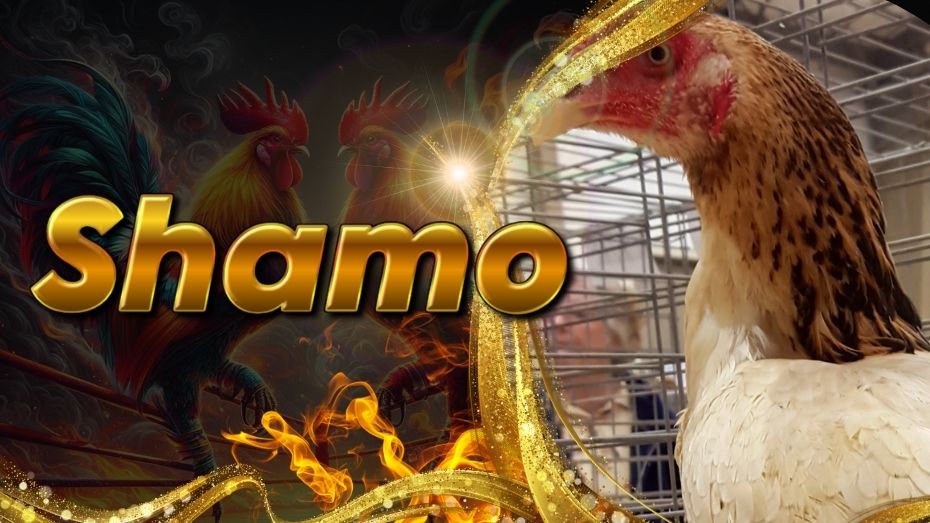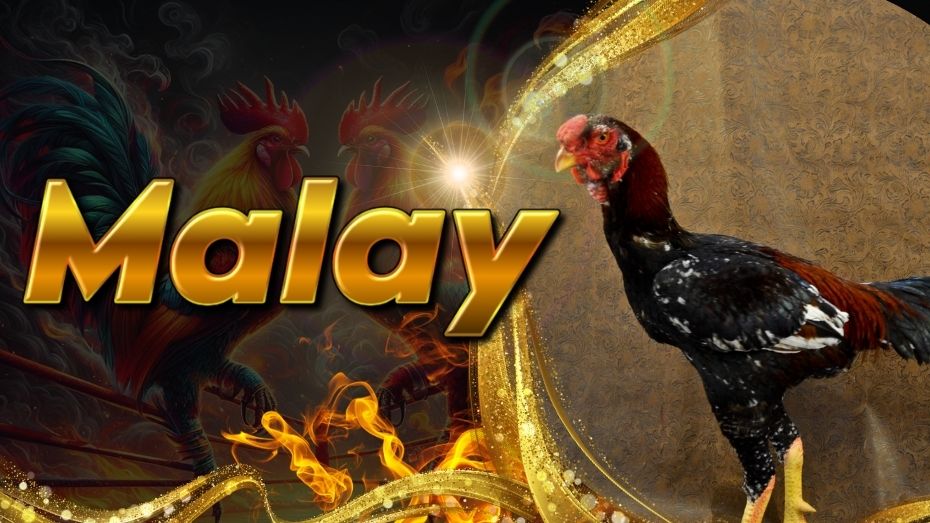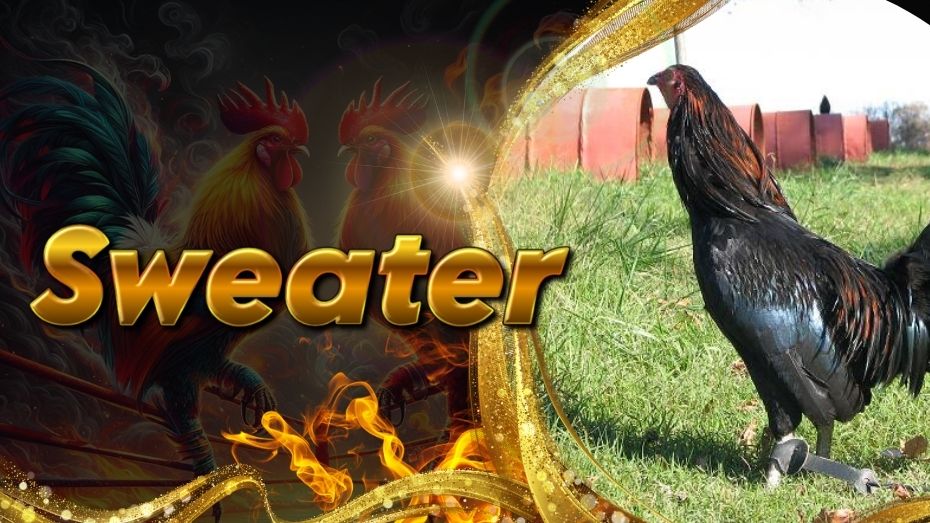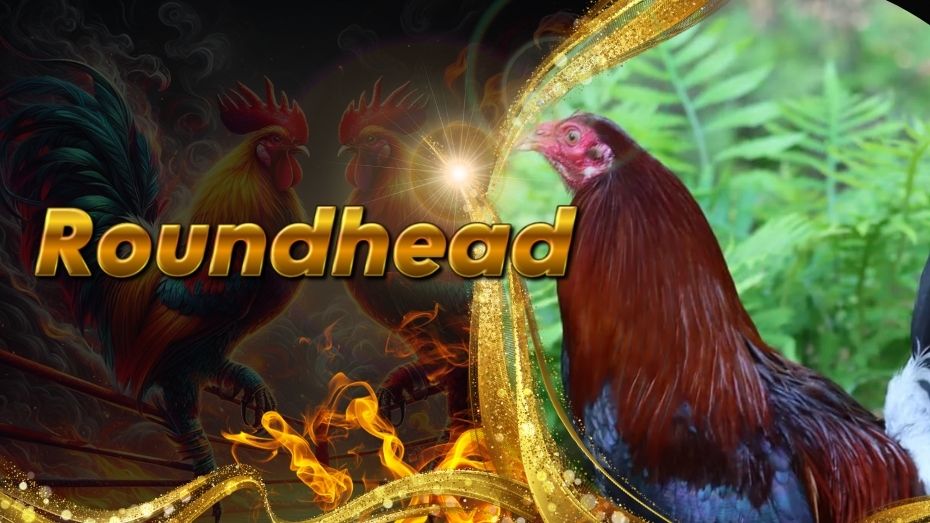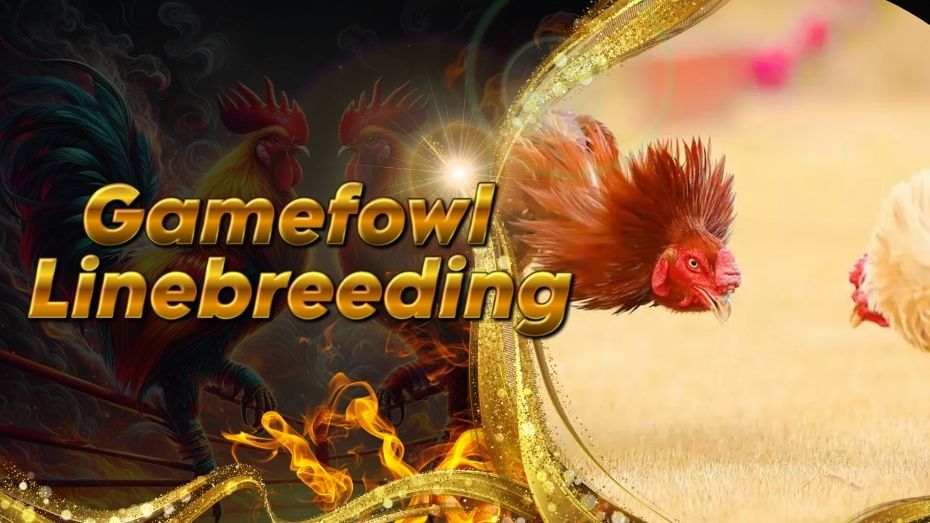Asil Gamefowls: Ancient Indian and Pakistani Bird
The Asil is one of the most popular gamefowl breeds among Filipinos that originally came from India but was imported to the Philippines. It’s unclear when exactly this bird arrived in the country but it is widely thought to have been introduced sometime during the Spanish colonization. Today, Asils are instrumental in developing other breeds as well as creating new great cockfighter breeds.
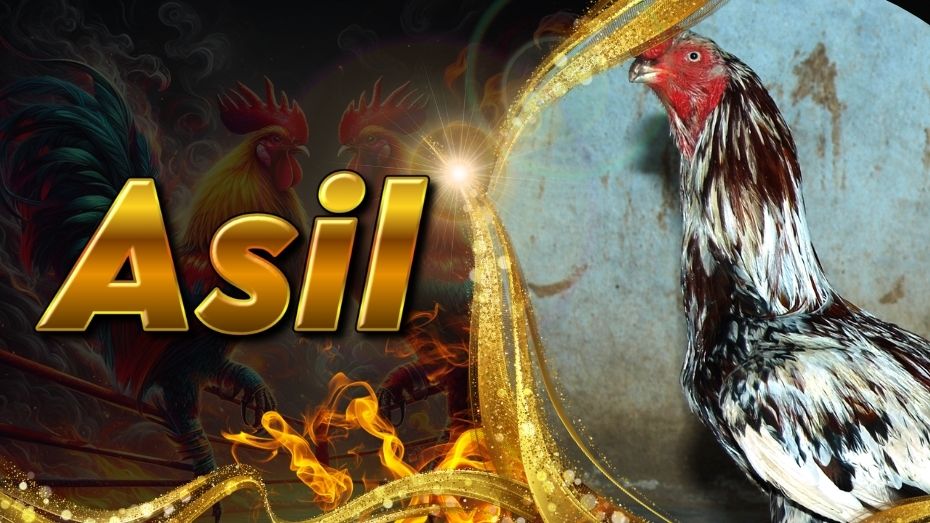
Asil gamefowls are an ancient breed that’s well-known as natural fighters even to this day. This long-standing reputation is seen in the cockpits and how breeders use them as they are an aggressive breed and many breeders use them to improve their own fighting rooster breeds. There’s even a belief that Asils are the only breed to use to improve other fighting rooster breeds.
Key Features of Asil Roosters:
The key features of Asil gamefowls are the following:
These birds are easily recognizable through their necks, small beaks, and short legs. While the small beak and short legs aren’t likely notable features of a fighting bird, the fact that these birds are inherently aggressive make them excellent close-range in-fighting birds.
How Asil Gamefowls Fight
Asils are in-fighters thanks to the fact that their legs and beaks are short and small respectively. Coupling this with the natural ferocity of the Asils make this bird an effective fighter that won’t let its opponent have room to maneuver.
This breed is a natural at fighting and can even effectively combat other birds even without any blades equipped. If they can keep a flyer pinned to the ground, they have a decent chance of winning especially once carreo is triggered and the opponent gets tired from the close fighting.
Different Asil Gamefowl Variations
The Asil is widely used in the Philippines to develop breeds by crossing them with other birds, like the Shamo gamefowl. As such, there are multiple bloodlines of this breed active worldwide with the most notable ones being from India and Pakistan. Local Filipino breeders also developed their own breeds but they aren’t as well-known as other birds.
Some of the different Asils are the following:
Pure Aseel Breed
Asils translate to “high-born, high caste, pure and original” and the term itself is used for birds of this breed that’s considered to be genuine game. The pure version of the Asil is a true Asil that’s getting rarer and rarer these days as breeders continue to use Asils for crossing with other breeds.
Pure Asils have white eyes, small ears, even smaller beaks, wider breasts, large wings, and dropping tails. These are no longer widely seen in breeding pens and in cockpits. Most pure birds are found in either India or Pakistan.
Shamo Aseel
Most gamefowl breeders, including Filipino breeders, use Shamos to cross with their Asils. The result is the Shamo Asil that mixes the Asil’s natural aggressiveness and ferocity with that of the Shamo’s endurance that’s meant for stamina fighting.
Shamo Asils are smarter and taller than the regular bird. This breed has the most demand in India and Pakistan and may Filipinos use this mix for their own breeds.
Lasani Aseel
The Lasani is the rarest Asil gamefowl variant as this breed is preserved from one generation to the next to keep the line pure and keep the blood from diluting. Serious breeders covet these birds but typically won’t have access to them as the breeders who do have them are unlikely to sell them. As such, breeders who’ll pit these birds in cockpits are rare but are a welcome sight in the pits.
This variation features a medium-sized build, a tiny neck, and a parrot-like beak. This bird’s fighting style is different from other Asils as this tends to attack the opponent’s neck. Any breeder who’ll get one Lasani as a brood cock will likely want to transfer this bird’s neck-breaking traits to another bird as a new in-fighter.
Failed Breed from Crossing
Some breeders have tried developing new in-fighter breeds using Asils, including a heavyweight variation to ensure that it remains standing even after taking in plenty of hits. This particular variation is the Cornish Game hen which ended up into a heavyweight with short legs but a docile temperament which made it useless for cockfighting but good for the American poultry industry.
Other failures are likely to have been produced but not documented as they didn’t see any success as cockfighters, meat birds, or egg-layers.
Are Asils or Their Derivatives Good for Sabong?
Yes. Most, if not all Asils, are great fighting roosters as long as they bear the breed’s name. This breed is well-known as an in-fighter and any breeder who can successfully develop a heavyweight fighter from this breed will likely see success in the cockpits as long as they don’t create another Cornish. As such, Filipino breeders will want to focus on crossing these with Shamos, Kelsos, and potentially Sweaters as well as other birds if they want to continue developing the breed.
Conclusion
The Asil is an ancient fighting rooster breed that many breeders today use to develop new in-fighters and improve their existing battle cocks. While the pure Asil lines are pretty rare, the general breed is common enough that live sabong bettors will see them or their derivatives in Sabong International’s cockpits.
If you’re looking to breed using this bird, you’ll have to keep in mind that these birds are aggressive and can be a pain to deal with for beginners. Still, you’ll see plenty of these birds in the Philippines.



